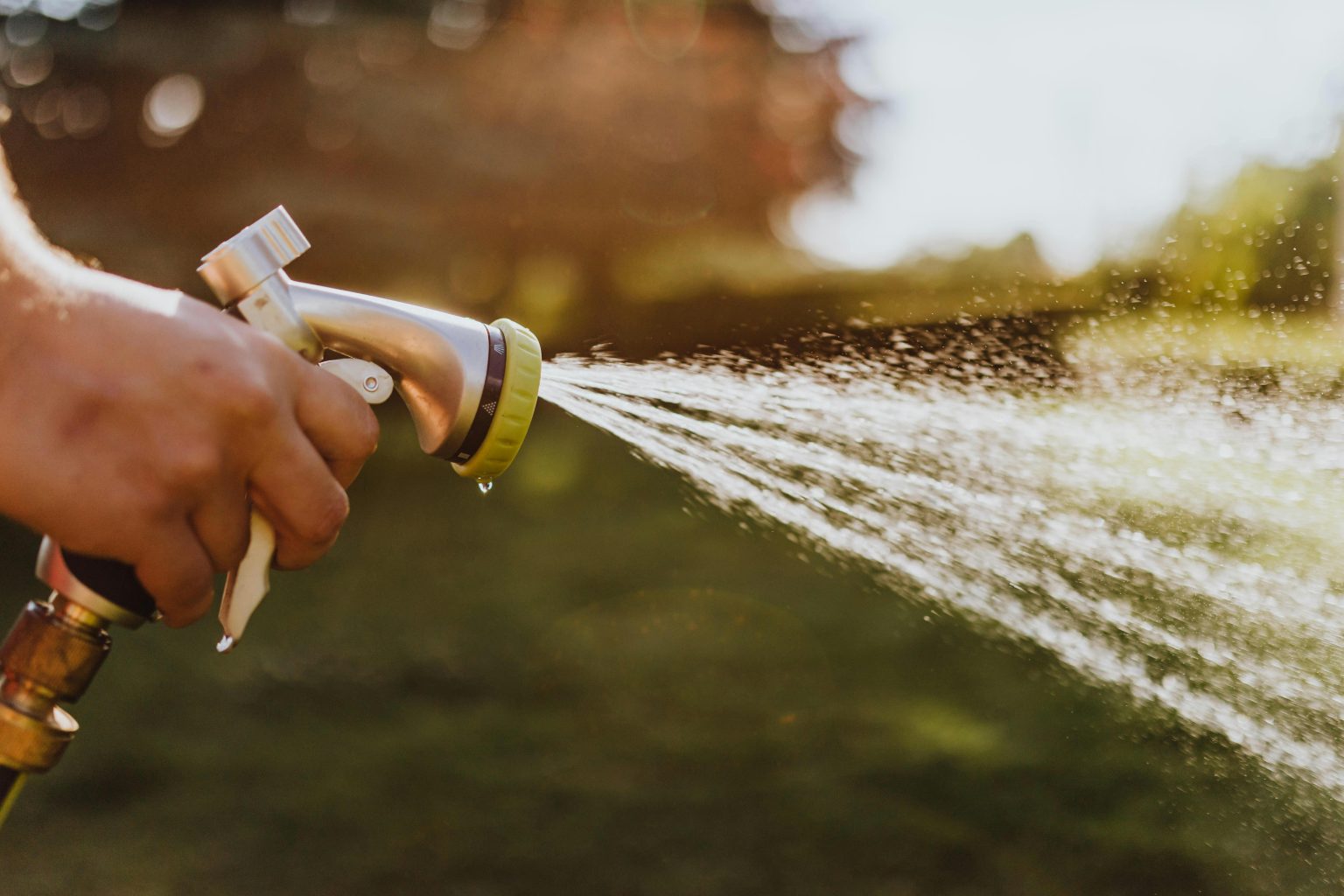If you’ve ever tried using a regular garden hose setup for something like power washing your deck, blasting mud off your tools, or watering large areas quickly, you know the frustration. Leaky fittings, bursting connections, or hoses popping loose mid-task—it’s enough to make you want to throw the whole thing in the shed and walk away.
That’s where choosing the right hose connectors makes all the difference. High-pressure water jobs aren’t just tougher on your hose—they’re harder on the connectors too. Not every fitting is up to the task, and using the wrong one could lead to messes, wasted water, or even damage to your gear. So let’s break down what to look for and which connectors hold up best when the pressure’s on.
Understanding What “High-Pressure” Really Means
First off, it’s good to get a sense of what high-pressure means in a garden hose context. Most standard home water pressure ranges from about 40 to 60 PSI (pounds per square inch). But when you attach your hose to things like pressure washers or heavy-duty sprayers, that number can jump dramatically—sometimes over 100 PSI or more.
That kind of pressure puts real strain on every part of your hose system, especially the connectors. Standard plastic fittings might be fine for watering a few tomato plants, but they can fail fast under those tougher conditions. That’s why it’s important to look for connectors designed specifically for higher pressure use.
Materials Make a Big Difference
When it comes to handling high pressure, not all materials are created equal. Brass connectors are generally the gold standard. They’re durable, corrosion-resistant, and can hold a tight seal without bending or cracking under stress. You’ll find a lot of professional-grade connectors made from solid brass for that very reason.
Metal doesn’t just withstand pressure better—it also threads more securely onto hose ends and faucets. That means fewer leaks and fewer headaches. If you’re still using lightweight plastic connectors that came free with a nozzle, chances are they’re the weak link in your setup.
Some higher-end plastic options can handle decent pressure, especially reinforced nylon or heavy-duty polymer. But if you’re regularly dealing with strong water flow or pressure washers, it’s smart to stick with metal.
Connection Style Affects Performance
Beyond material, how the connector works also plays a big role in performance. Quick-connect systems are a popular upgrade because they make attaching and removing tools easier and faster—no more twisting hoses on and off, especially when your hands are wet or cold.
But not all quick-connect fittings are pressure-friendly. If you’re going this route, look for ones that specifically say they’re made for high-pressure use. Garden hose connectors, like some quick-connects, offer a secure, leak-free seal even when water is blasting through at full force. The locking mechanisms on these designs help prevent accidental disconnects or blowouts mid-job.
Threaded connectors—where you manually twist the pieces together—can also be reliable under pressure, especially if they’re made of quality materials and come with rubber washers or O-rings for extra sealing.
Choose the Right Connector for the Job
Think about how you plan to use your hose. Are you using a pressure washer every weekend? Or just occasionally using a strong jet sprayer to rinse off the patio? Different jobs call for different setups.
For frequent high-pressure tasks, quick-connect fittings with locking mechanisms are a game-changer. They’re easier on your hands and make swapping between nozzles or attachments almost effortless. Just make sure you’re not mixing and matching cheap plastic with heavy-duty brass—it’s usually a recipe for leaks.
If you don’t need to change attachments often, a solid brass threaded connector might be all you need. They’re simple, strong, and built to last. Just be sure to tighten everything well and check your washers now and then.
Also, consider hose splitters or multi-way connectors if you need to use more than one high-pressure tool at a time. Just make sure all the pieces in your system are rated for the kind of pressure you’re running. It’s like a chain—one weak link and the whole thing can fall apart.
Pay Attention to Maintenance and Fit
Even the best hose connectors can fail if they’re not used properly. One of the most common causes of leaks isn’t a bad connector—it’s a loose or uneven fit. Make sure the threads line up properly and that washers are in place and not worn out.
It also helps to clean your connectors occasionally. Dirt or grit caught inside the fitting can weaken the seal or cause damage over time. If you notice water spraying out around the connector, don’t just crank it tighter—check for cracks, missing washers, or cross-threading.
Finally, store your hoses and connectors out of the sun when not in use. Heat and UV rays can wear down materials faster than you think—even the tough ones.
Conclusion: A Small Upgrade That Solves Big Problems
A lot of gardeners and homeowners spend good money on hoses and sprayers but ignore the humble connector. But if you’ve got a high-pressure setup, it’s not the place to cut corners. Using the wrong connector is like trying to run a marathon in flip-flops—sure, you might get there eventually, but it’s going to be a mess.
By investing in connectors that are built for high-pressure tasks—especially ones made of durable materials and with the right locking or sealing mechanisms—you save yourself time, water, and frustration. Whether you’re rinsing off the driveway or running a pressure washer, having the right connection makes everything run smoother.

